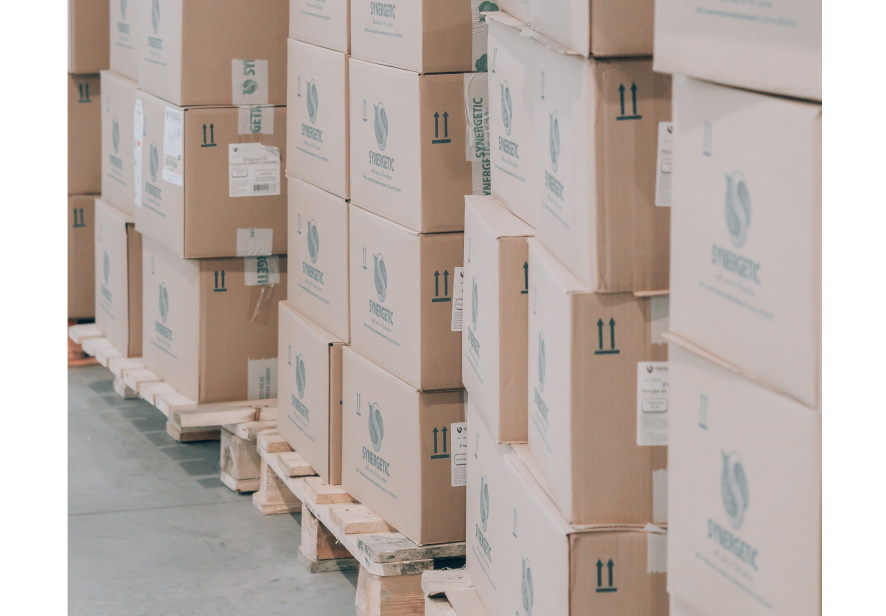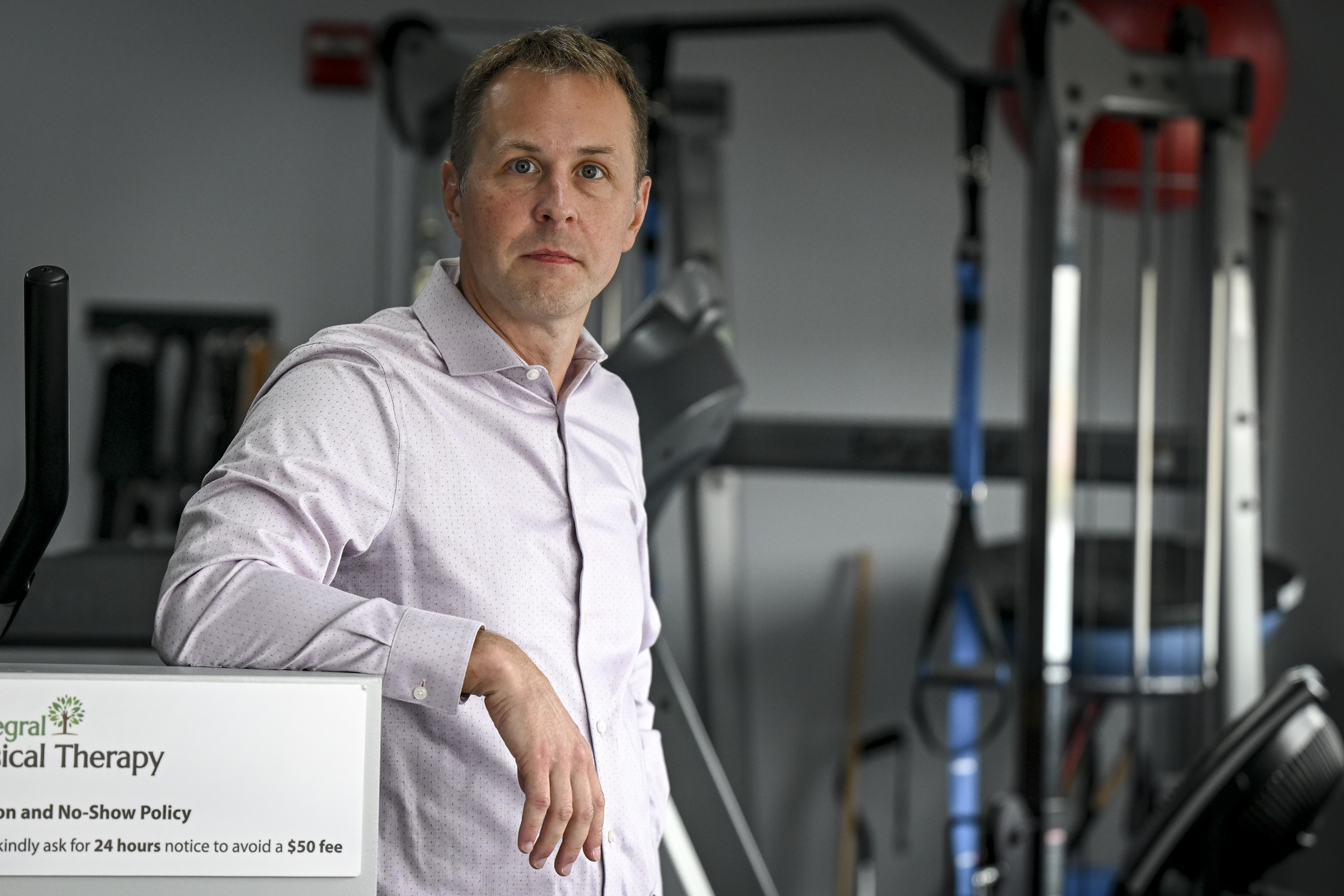3 Steps to Developing Your Next BIG Idea
By Steve Dusablon, CEO cPaperless
As much as we’d like to believe it, great ideas don’t typically appear out of thin air. More often than not, the best innovations come from immersing ourselves in our work and becoming as familiar with it as possible. Of course, there’s a bit of inspiration in all ideas, but learning is always the first step.
The most prominent example of this in my life has been the birthing of SafeSend Returns from idea to product. Although we were first to market with our e-sign solution, it took understanding of our existing cPaperless customers to bring this idea to life. Today, as we continue to improve our software, we are constantly seeking out the challenges of electronic tax return delivery and electronic signatures so that we can help automate the workflow. Familiarizing ourselves not only with what the product does, but also with what it doesn’t do, is the most important part in coming up with the next iteration.
Want to transform a customer problem into a brilliant product or service innovation? I recommend these 3 steps:
1. Listen and learn. Your existing customers are your best resource for ideation. Listening to your customers is the number one recommendation I make; these are the folks who will communicate the problems that matter. They’ll tell you what needs to be solved, and what areas could improve. These everyday challenges for your customers may not have been on the radar for your team. Listening to these real-world use cases will help you take the first steps to the next new idea. Set up regular meetings with existing customers and ask questions about how they use your product or service. Find out what they like, what they dislike, and their ideal experience. Innovation is created through identifying a pain point that is not being resolved by any current market solutions. Don’t assume you know the problems, ask!
2. Examine what works. Sometimes the answers are not only in the challenge the customer is facing, but in what systems or products are actually working. In my case, I found myself returning to the paper tax return. Why was the transition from paper to electronic tax returns seemingly so impossible? How could we build an electronic assembly and delivery solution that acts like the beloved paper system, but is an even better experience for the customer? Was it possible to mimic a paper tax return in an electronic format? Examining what already works can often show you the way to a completely new idea. Stop focusing on the bad of what isn’t working – and look to the good, then paint the picture of how it could be better.
3. Mind-source. Once you have a better understanding of the problem, have a brainstorm session with key members of your team. Consider creating an advisory panel of top clients. These key stakeholders could be your business partner, staff accountant, senior developer, power users, or experts in a particular field. From there, it’s wise to perform use cases and determine every possible scenario that could crop up for your customers, and what potential problems those situations might cause. Record everything you learn during this process, consider it R&D. Your detailed instructions, write-ups, sketches, decks, or screenshots will be invaluable as you begin working. Remember, 10 brains are more powerful than 1 – mind source!
Your idea will only come to life after you’ve taken the first steps to understanding what customers need, what’s working, and what can be created. From there, you can test, re-test, repair, and release your idea to the world. Once in the customers’ hands, this process is ready to begin again as innovative companies never stop exploring.
==========
Steve Dusablon is the Co-Founder and CEO of cPaperless, LLC, a company that provides paperless software tools and consulting services to the accounting profession.
===========
Top Small Business Social Media:
How to Get Your Side Hustle off the Ground. Harvard Business Review.
https://bit.ly/2PF9AY2
8 Ways to Make a Business Proposal Stand Out. SCORE blog.
https://bit.ly/2MyDzTM
The Basics of Intelligent Office Design. Small Business Bonfire blog.
https://bit.ly/2Pbz6Du
How to Take a Physical Inventory Count. Homebase blog.
https://bit.ly/2MCkmkc
4 Ways to Win at Franchising. PrimePay blog.
https://bit.ly/2wtJrDV
Top Small Business News:
7 Ways to Find a Small Business. One of the biggest challenges of launching a new business is finding the cash to get things started, fortunately, there are options besides winning the lottery or receiving a large inheritance.
www.cpapracticeadvisor.com/12426044
Women-Owned Businesses Growing. Women started an average of 1,821 new businesses per day in the U.S. between 2017 and 2018, according to analysis in the 2018 State of Women-Owned Businesses Report.
www.cpapracticeadvisor.com/12426777
3 Sales Tax Mistakes New Business Owners Must Avoid. Ignoring sales taxes, reporting incorrect figures, and missing due dates are among the most common errors.
www.cpapracticeadvisor.com/12425696
Apple Becomes First Trillion Dollar U.S. Company. Four times the value of Chevron. Five times Coca Cola. Nearly 10 times General Electric.
www.cpapracticeadvisor.com/12423575
3 Realities of Being a Freelancer. Many people are quick to assume that freelancers work fewer hours than the typical full-time employee.
www.cpapracticeadvisor.com/12422576
Thanks for reading CPA Practice Advisor!
Subscribe Already registered? Log In
Need more information? Read the FAQs



